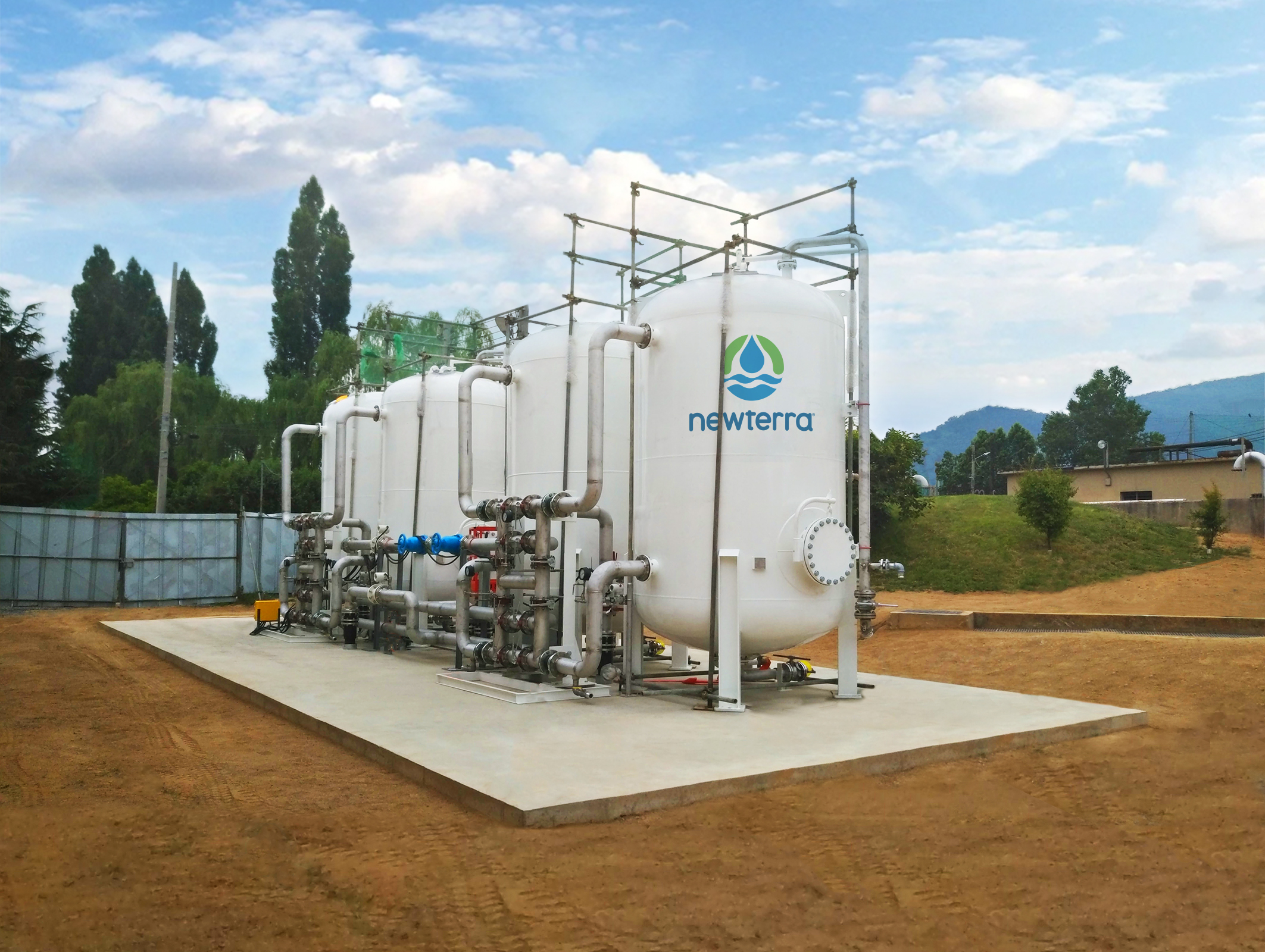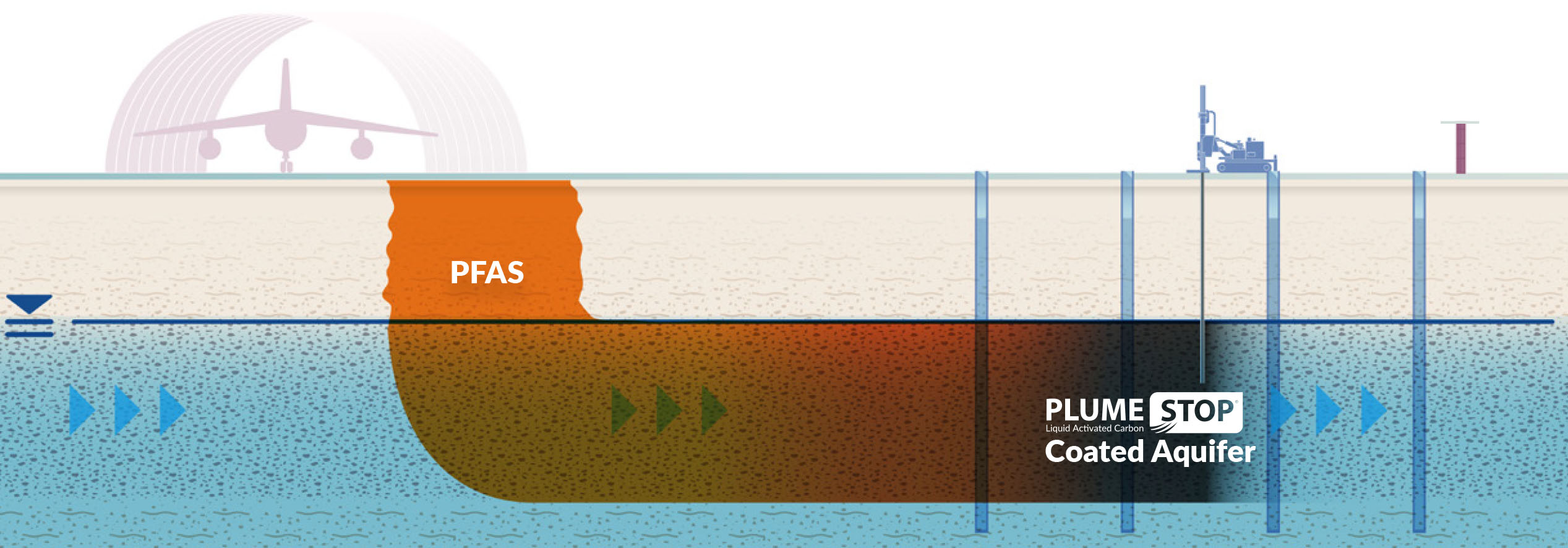PFAS Waste Management in Industrial Operations to Minimize Environmental Harm
PFAS Waste Management in Industrial Operations to Minimize Environmental Harm
Blog Article
Cutting-edge PFAS Therapy Solutions for Safer Water
The enhancing frequency of PFAS contamination in water materials demands a critical exam of innovative therapy services. Advanced filtration innovations and unique chemical treatments present encouraging opportunities for reducing these relentless contaminants. In addition, emerging bioremediation strategies provide an even more lasting method to taking on PFAS challenges. As regulative structures continue to adapt, understanding the efficiency and scalability of these options becomes vital. What effects do these developments hold for public health and wellness and ecological reconstruction, and how can stakeholders efficiently apply them in diverse contexts?
Overview of PFAS Contamination
PFAS contamination has emerged as a considerable ecological and public wellness problem. Per- and polyfluoroalkyl materials (PFAS) are a team of artificial chemicals recognized for their perseverance in the environment and body, leading them to be typically referred to as "permanently chemicals." These compounds have been widely utilized in various industries, consisting of firefighting foams, water-repellent fabrics, and food packaging, largely as a result of their water- and grease-resistant buildings.
The prevalent use PFAS has actually led to their detection in soil, water materials, and also in the blood of people and pets. Research studies have actually connected PFAS exposure to countless health concerns, consisting of developmental effects in babies, body immune system dysfunction, and various kinds of cancer cells. Furthermore, the environmental persistence of these substances complicates their deterioration and removal, raising worries regarding long-term eco-friendly effects.
Regulatory bodies are significantly carrying out stringent standards to keep an eye on and decrease PFAS degrees in alcohol consumption water and other ecological mediums. As recognition of PFAS contamination expands, it has actually become necessary for neighborhoods and industries to look for effective therapy solutions to minimize exposure and secure public health.
Advanced Purification Technologies
As the urgency to resolve PFAS contamination increases, advanced filtering technologies have arised as a critical element in the remediation initiatives focused on eliminating these persistent chemicals from water sources. These modern technologies leverage innovative mechanisms to successfully target and capture PFAS compounds, which are infamously immune to conventional therapy approaches.
One of the most encouraging approaches is using granular activated carbon (GAC), which adsorbs PFAS molecules because of its high surface and permeable structure. This technique has actually been extensively implemented in both local and commercial setups, demonstrating considerable reductions in PFAS focus. In addition, ion exchange materials have acquired traction, especially designed to precisely bind PFAS ions from water, hence promoting their removal.
Membrane filtering modern technologies, such as reverse osmosis and nanofiltration, additionally show efficacy in PFAS removal by literally separating contaminants from water - pfas management. These systems can achieve high levels of purity, making them suitable for drinking water applications
Chemical Treatment Advancements
Many chemical therapy technologies are being checked out to effectively address PFAS contamination in water materials. One appealing approach involves using advanced oxidation procedures (AOPs), which make use of effective oxidants such as this ozone, hydrogen peroxide, or chlorine dioxide incorporated with UV light to damage down PFAS substances into less hazardous materials. This method has demonstrated efficacy in research laboratory settings, showing potential for scalability in real-world applications.
An additional ingenious technique is the growth of ion-exchange materials particularly created to target PFAS. These resins can selectively adsorb PFAS substances from water, permitting for their elimination during treatment procedures. Current improvements have improved the performance and capability of these resins, making them a favorable alternative for water treatment centers.
Furthermore, researchers are investigating using chemical agents like persulfate and ferrous ions to boost the destruction of PFAS in polluted water. These representatives can cause chain reaction that help with the breakdown of persistent PFAS substances.
Emerging Bioremediation Methods
Recent innovations in chemical treatment innovations have actually paved the method for exploring bioremediation strategies as a practical choice for attending to PFAS contamination. Bioremediation harnesses the all-natural metabolic procedures of bacteria to weaken or transform contaminants, making it an attractive strategy for dealing with persistent pollutants like PFAS.
Arising techniques in bioremediation consist of using genetically engineered bacteria Read Full Report that can especially target and break down PFAS substances. These microbial strains are being established for their boosted degradation abilities, raising the efficiency of the remediation procedure. In addition, researchers are examining the possibility of plant-assisted bioremediation, where certain plant species may uptake and sequester PFAS from infected dirt and water.
Another promising technique is the application of bioaugmentation, which entails introducing helpful microbes into contaminated environments to improve the deterioration of PFAS. This approach can facilitate faster remediation timelines and enhance total performance.

Governing Structures and Standards
A comprehensive regulatory framework is vital for efficiently managing PFAS contamination and making sure public wellness defense. The raising acknowledgment of per- and polyfluoroalkyl materials (PFAS) as toxic wastes has actually triggered numerous government and state companies to develop criteria that regulate their visibility in water supplies. The U.S. Epa (EPA) has actually established health and wellness advisories and is pursuing setting enforceable limits for PFAS in alcohol consumption water.
State-level laws differ dramatically, with some states taking on more stringent guidelines than those recommended by the EPA. These laws usually consist of maximum contaminant degrees (MCLs) for certain PFAS compounds, monitoring needs, and reporting commitments for water utilities. In addition, arising structures concentrate on the removal of polluted sites, stressing the requirement for efficient therapy modern technologies.

Final Thought
In conclusion, the development and execution of cutting-edge PFAS therapy options are important for addressing the prevalent problem of water contamination. Advanced filtration modern technologies, chemical therapies, and emerging bioremediation strategies jointly present a complex technique to successfully decrease and weaken PFAS degrees. As regulatory structures continue to evolve, incorporating these innovations will be important to secure public health and recover the integrity of infected water sources, inevitably adding to a cleaner and straight from the source more secure atmosphere.
Report this page